Prologue
 Back on December 12, 2014, I posted my first ever camera review on this site, for the Argus C3 Match-Matic. The idea to write about an old camera was just something I thought up on a whim and put together that review with my thoughts, and some sample pics I got from that camera. Never in a million years, would I have imagined that nearly five years later, my site would have grown into what it was.Over the years, I’ve refreshed a few posts to bring them up to my current formatting standards, but with this review, I’m leaving that original post as it was when I first published it, and creating an all new article covering the entire Argus C-series. I hope you enjoy it.
Back on December 12, 2014, I posted my first ever camera review on this site, for the Argus C3 Match-Matic. The idea to write about an old camera was just something I thought up on a whim and put together that review with my thoughts, and some sample pics I got from that camera. Never in a million years, would I have imagined that nearly five years later, my site would have grown into what it was.Over the years, I’ve refreshed a few posts to bring them up to my current formatting standards, but with this review, I’m leaving that original post as it was when I first published it, and creating an all new article covering the entire Argus C-series. I hope you enjoy it.
As I began writing this article, I began to hit milestones I had never hit with any previous camera review. My typical review is between four to six thousand words with the largest topping out at eight thousand words. But this time, I shattered the ten thousand word barrier, and hit eleven, then twelve thousands. I couldn’t stop myself, I just kept typing.
After having some sense talked into me by fellow collectors and bloggers, I decided to split up this Argus piece into five separate articles for you to enjoy in smaller parts. This week, I will release one piece at a time, with a full version of the whole article on Friday. The five parts will be:
- I – History of Argus and the C-series
- II – Repairing your Argus
- III – Identifying the Argus C-series
- IV – Using the C3 and Accessory Lenses
- V – My Results
I hope you enjoy reading everything just as much as I had writing it.
Introduction
This is the Argus C-series. First released in 1938 as the Argus Model C, the C-series includes the best selling American camera ever made, the Argus C3. Over 2.2 million were produced over the course of 28 years, the C-series saw many subtle variations and incremental improvements, but generally retained the same brick-like shape and pre-war feature set until the very last cameras came off the assembly line in 1966. The reason for it’s success was it’s unique looks, quality optics, capable feature set, and affordable price. The C-series had an interchangeable lens mount, and had a variety of German made auxiliary lenses available for it. It was used by amateurs, professionals, students, the military, and countless other people in nearly every profession.
My Results
I did not have the time to shoot each and every Argus C-series model in my collection, so for the gallery below, I am including samples shot on three different models. Starting with the oldest to newest, I selected a roll of ORWO NP55 that expired sometime in the 1970s for the prewar Argus C3, whose serial number suggests it was made in 1940. I thought that by choosing a slower black and white film, I might recreate a look that those early uncoated Arguses likely would have delivered when they were new.
For the second roll, I shot fresh Fuji 400 color film in the Postwar Argus C3 with the Sandmar 35mm f/4.5 wide angle lens. I brought this camera with me to a Chicago White Sox game and the lower light was ideal for the faster 400 speed film. Even though the lens has a maximum aperture of f/4.5, I figured using a shutter speed of about 100 would match up well with interior shots of the ballpark.
Finally, I shot some Kodak Gold 200 in the C3 Standard. In both of the two earlier cameras, I took the time to clean the shutter and viewfinders and make sure the rangefinder was adjusted so that the camera would work correctly, but this Standard came in it’s original box and was in such nice shape, I thought I could get away with loading it up with film without doing anything to it. Would that be a mistake?
The prewar Argus C3 most closely matches that of the one Tony Vaccaro used in World War II and I wanted to use an older film that might capture a similar look to what he got, and I think I did. The uncoated Cintar lens loved the ORWO film, producing very natural looking images with good, but not overpowering contrast, good sharpness, and a ton of shadow detail. I have shot color film on uncoated cameras before so I’m used to that pastel/washed out look that you often get, so I was quite happy to see these results.
If I was going for a purely 1940s American shooting experience, I probably should have used something like Kodak Panatomic-X or perhaps even something more modern like Tri-X, but I’m very happy with the ORWO film and the images it made.
The second gallery was my first ever attempt at shooting an Argus with anything but the 50mm Cintar and I was astonished at how easy it was. Using the Argus clip-on viewfinder actually improved the shooting experience as nearly all of the images I shot were at or near infinity, so I never had to touch the rangefinder, so I was free to use the large and bright viewfinder for most of these images. Even when I did change focus, like in the images of the statue, corn, and yellow flowers, moving from the in-body rangefinder for focus, and the clip-on viewfinder for composition was not difficult at all.
The Enna-Werk lens is quite sharp, sharper even than the Cintar, and I loved the look I got from it. On any camera system, I tend to favor slightly more wide angle lenses over 50mm primes as that’s how I tend to see the world. I already had a high level of appreciation for the Argus C3, but with the 35mm Sandmar, my fondness for it grew. I love the 35mm Sandmar so much, it’ll likely take precedence over the 50mm Cintar on future rolls through my C3s.
This third gallery comes from the C3 Standard which I didn’t think I needed to do any kind of restoration as it was in such good shape. These images are my least inspired as they were just random walkabout images of stuff around my house and work, but in a way, these are the kinds of images the Argus was designed to capture. This was a camera originally priced to match the weekly salary of the average American worker and those were the people who usually bought them.
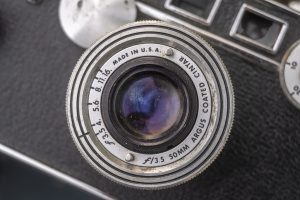
I did miss focus on a few images, especially indoors where I didn’t have the benefit of a wide depth of field, which suggests the rangefinder could benefit from some calibrating, but overall they’re not bad. The 50mm Cintar still delivers great sharpness and bright colors. I think the next time I take out this camera, I’ll check the rangefinder first, and then try a slower color film like Ektar or perhaps even Kodak Pro Image 100 to see how vibrant that later coated lens delivers.
So do I like the Argus C3? I think that after typing over 13,000 words over the course of 5 posts, it should be pretty clear that I am a big fan of these cameras. I love the Argus C-series for it’s looks, it’s history, it’s quirks, and it’s performance.
It does take some extra effort to shoot, but that makes it fun to me. For as great as Barnack Leicas are, so many were created that once you’ve shot one, you’ve shot them all. By the late 1950s and especially early 1960s, most cameras being sold (especially Japanese ones) were sterile and largely worked the same way. Sure, there were still oddities here and there, but nothing truly unique anymore. Shooting the C3 takes you back to those early days when the control layout and ergonomics were not fore gone conclusions.
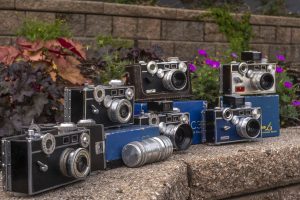
I like the shape of the camera with hard corners, I like the separate viewfinder and rangefinder windows, I like the lens mount, the right to left film transport, and the film interlock release. I think these all add character to the camera. If I had to pick one thing I wish Argus had done differently, it would be the location of the cocking lever or heck, even a self-cocking shutter. Theodore Brueck’s patent design from 1938 hints at a version of the Argus shutter with this feature, and I wish that it was built this way.
I know that this article won’t change the minds of those who think the Argus C-series isn’t for them, but at the very least, I hope you’ve enjoyed the history and can at least agree that in the right hands, they are capable of nice images. These cameras show up so often and for so little, I see no reason why everyone couldn’t give one a try. Maybe you won’t have the same fondness for them as I do, but maybe you will.
There’s plenty of other people who have shot C3s over the years and you can find many galleries of other people’s works online, but one that I found which I thought was especially interesting was the work of Marco Balma, who has a whole Flickr gallery of images he shot with an Argus C3. Check out his images if you have the time.
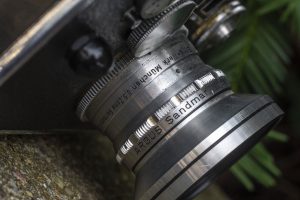
There were certainly other historically significant cameras out there, the Kodak Brownie, Nikon and Japanese rangefinders, and the Hasselblad 500C all have their place in history. While the Argus C3 wasn’t ever the first at anything, and was never taken to the moon, it captured the lives of millions of Americans during the 1940s and 50s. It captured the front lines of World War II, birthday parties, graduations, vacation photos, and many others. Kodak’s famous Kodachrome color film is considered an iconic film of the mid 20th century, and a large number of those images were captured on Argus cameras, and for that, I think they are deserving of a special place in history.
I love mine, and while I never started out to be an Argus collector, I am happy to have the collection I do. This is a special camera to me and millions of other people out there, and maybe it can be special to you too.
Related Posts You Might Enjoy
External Links
http://camera-wiki.org/wiki/Argus_C3
https://www.casualphotophile.com/2015/11/25/argus-c3-camera-review/
https://sites.google.com/site/fromthefocalplanetoinfinity/argusc3
https://blog.jimgrey.net/2017/08/16/argus-c3-2/
https://cameralegend.com/tag/argus-c3-review/
https://www.bhphotovideo.com/explora/photography/hands-on-review/classic-cameras-my-dads-argus-c3
http://mattsclassiccameras.com/rangefinders-compacts/argus-c3/
https://shotonfilm.wordpress.com/the-cameras-2/argus-c3-the-brick/
https://www.bracketthis.com/blog/2017/10/06/a-review-of-the-argus-c3/
http://forum.mflenses.com/argus-c3-and-its-lenses-t27812.html

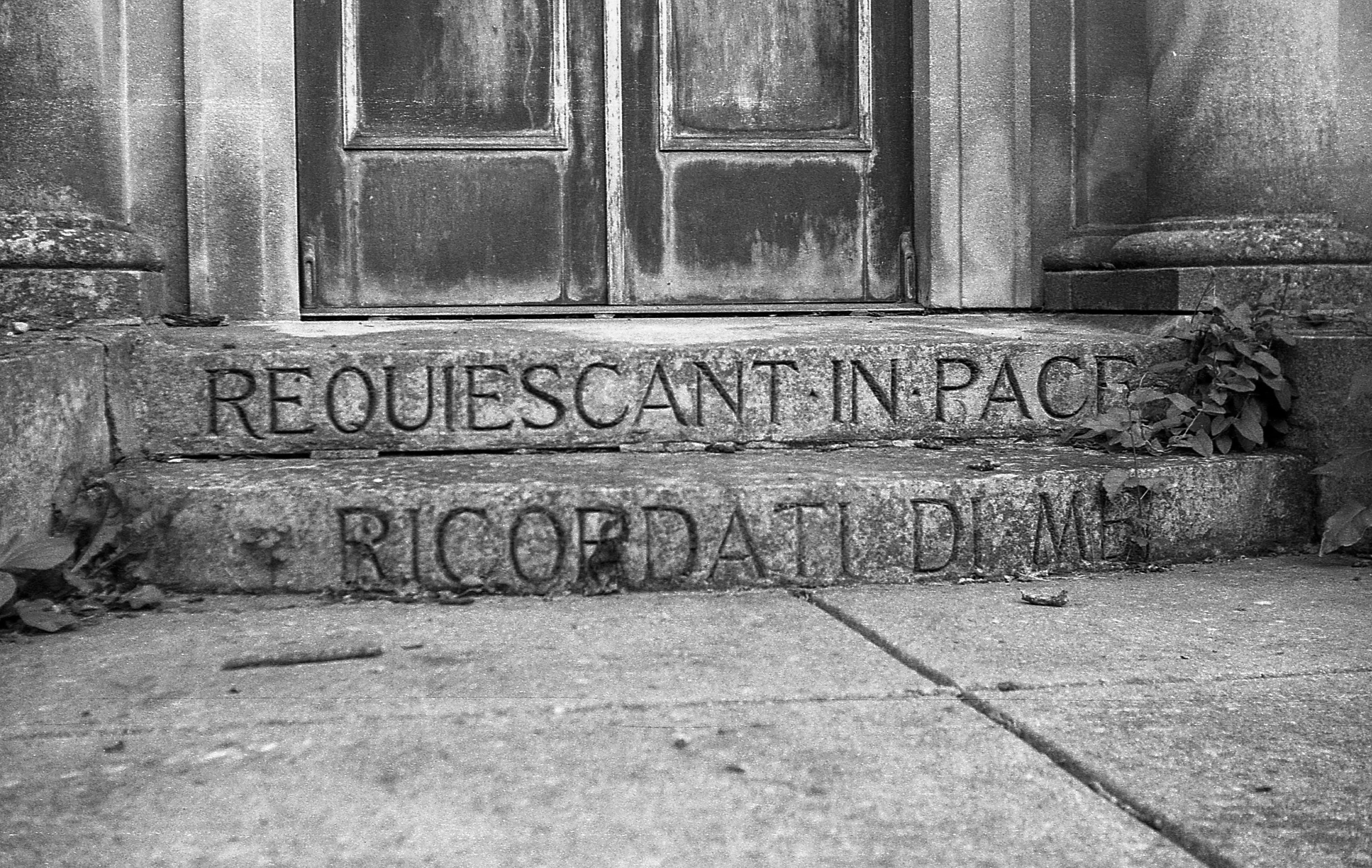
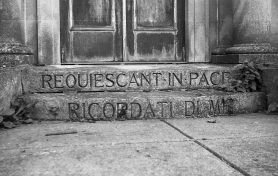





































Great stuff, Mike. You started off strong and have continued to present interesting cameras, well researched and tested!
The C3 is an historically-correct camera to take to a White Sox game. Very nice, vintage results you got there, and with the ORWO film as well.
Thanks for the kind words Kurt. It’s always great to hear feedback, but especially nice from a respected collector such as yourself.